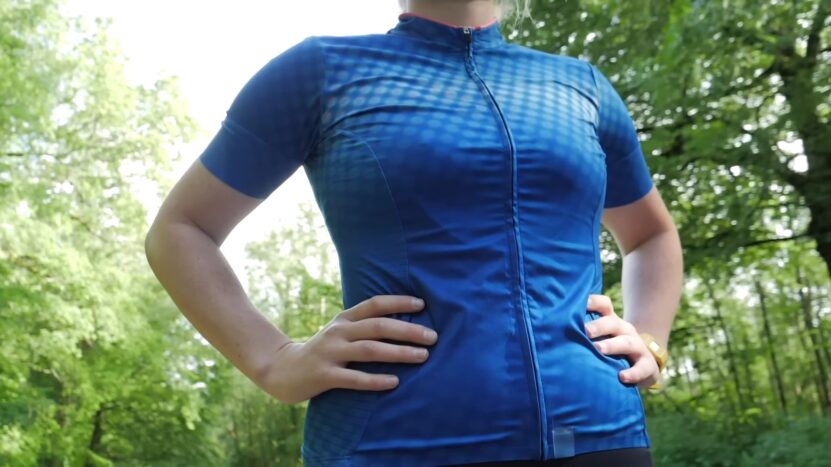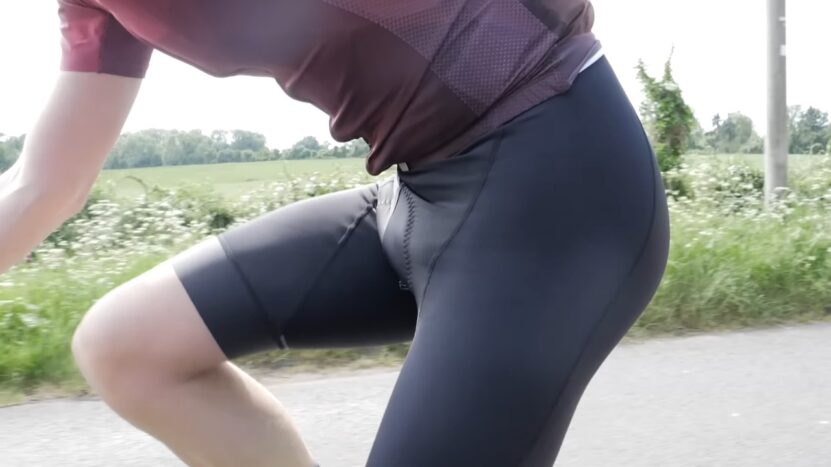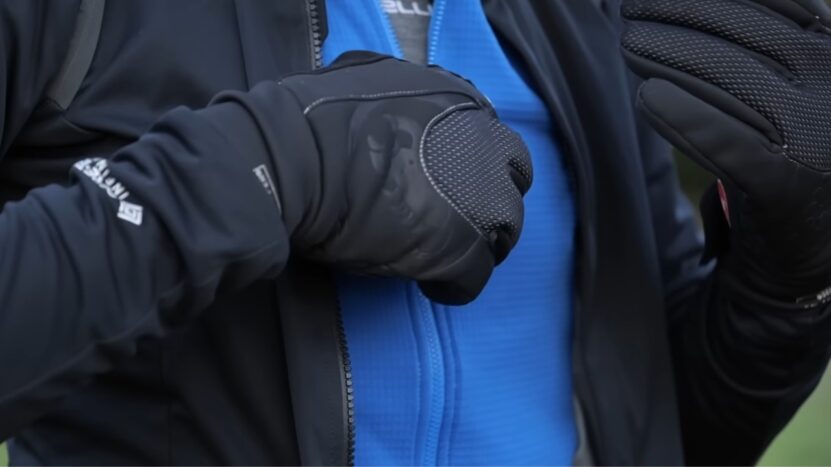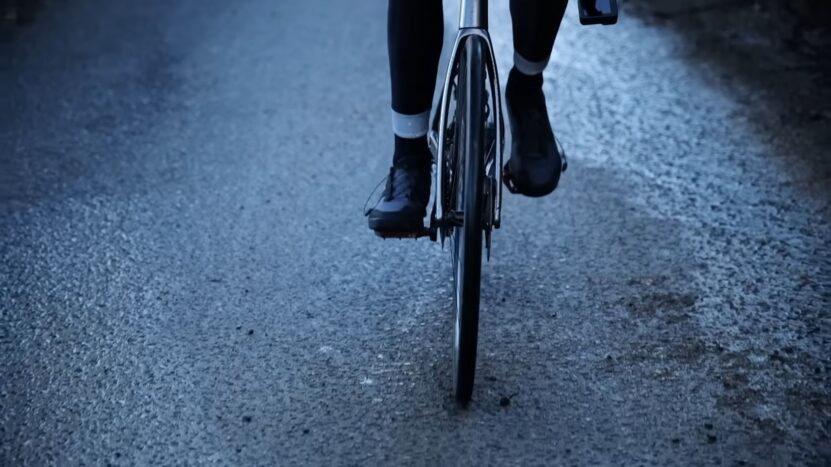Cycling, an activity blending fitness, fun, and transport, is more than just pedaling a bike. It’s a lifestyle that combines the thrill of speed, the pleasure of exploring, and the satisfaction of environmental friendliness.
To fully embrace this lifestyle, knowing the nuances of cycling clothing and maintenance is crucial. This guide will explore these aspects in depth, offering insights and practical advice.
Chapter 1: Selecting the Right Cycling Wear

Functionality Meets Fashion
Cycling clothing is not just about looking good; it’s designed for performance and comfort. For an extensive range of high-quality cycling apparel that combines both style and functionality, visit cyclingsports.com.au, known for offering Australia’s best range of bicycle clothing with convenient shipping options.
High-quality cycling jerseys made from moisture-wicking materials keep you dry and comfortable.
They often feature rear pockets for convenient storage. The right cycling shorts, equipped with padded chamois, reduce friction and increase comfort during long rides. For colder weather, thermal jackets and leggings are essential to maintain body temperature.
Personal Style and Cycling
Your cycling apparel is an extension of your personality. Brands offer a variety of styles and colors, catering to personal preferences. It doesn’t matter if you prefer classic designs or bold, modern prints; there’s something for every cyclist. Remember, while style is important, don’t compromise on functionality and comfort.
The Importance of Proper Fit
The right fit is crucial for cycling clothing. Too tight, and it restricts movement; too loose, and it creates drag. Apparel should be snug but comfortable, allowing full range of motion. When trying on cycling clothes, mimic cycling movements to ensure a good fit.
Chapter 2: Essential Accessories for Every Cyclist

Helmets
A helmet is the most important piece of cycling safety gear. Modern helmets are lightweight, aerodynamic, and offer superior protection. Look for helmets with good ventilation to keep your head cool. Ensure it fits snugly and is correctly adjusted to offer maximum protection.
Choosing the Right Helmet
Helmets come in various styles and designs. Road bike helmets emphasize aerodynamics and ventilation, while mountain bike helmets offer additional rear head coverage. Commuter helmets often incorporate lights for visibility. Choose a helmet that suits your riding style and fits well.
Regular Helmet Inspection and Replacement
Inspect your helmet regularly for any cracks or damage. Helmets should be replaced every few years or immediately after a crash, even if no damage is visible.
Eyewear

Protecting Your Eyes
Cycling eyewear protects against UV rays, wind, dust, and insects. Look for glasses with high UV protection and anti-fog features. Interchangeable lenses are useful for different lighting conditions.
The Right Fit
Choose glasses that fit well with your helmet. They should sit comfortably on your nose and ears without causing pressure points.
Maintaining Your Eyewear
Keep your glasses clean and store them in a protective case. Avoid touching the lenses with your fingers to prevent scratches and smudges.
Chapter 3: Navigating Bike Maintenance
The ABCs of Bike Maintenance
Regular maintenance ensures your bike is safe and performs well. Remember the ABCs: Air, Brakes, and Chain. Check tire pressure, inspect brakes for wear, and ensure the chain is clean and lubricated.
Cleaning Your Bike
A clean bike not only looks good but performs better. Use a gentle bike cleaner, soft brushes, and sponges. Pay special attention to the drivetrain and gears.
Professional Servicing
While DIY maintenance is important, annual check-ups by a professional are recommended. They can spot potential issues and perform complex adjustments.
Advanced Maintenance Skills
Learning Basic Repairs
Knowing how to fix a flat tire, adjust brakes, and align a derailleur are valuable skills. There are numerous online tutorials and local workshops available.
Tools Every Cyclist Should Own
Invest in a basic bike tool kit. Essentials include tire levers, a multi-tool, a pump, and chain lubricant.
Creating a Maintenance Schedule
Develop a maintenance schedule based on your riding frequency and conditions. Regular maintenance prolongs the life of your bike and ensures a smoother ride.
Chapter 4: Seasonal Cycling Considerations

Summer Riding
In summer, opt for lightweight, breathable clothing and UV-protective eyewear. Use sunscreen and stay hydrated.
Winter Challenges
For winter, layer up with thermal wear, waterproof jackets, and gloves. Visibility is key, so wear reflective clothing and use lights.
Adapting Maintenance for Seasons
Summer Maintenance
Summer’s dust and heat can affect your bike. Clean and lubricate more frequently to prevent wear.
Winter Care
In winter, salt and moisture can cause rust. Clean your bike after riding in wet conditions and use a wet lubricant.
Chapter 5: The Impact of Fabric and Material Choices

Technical Fabrics for Peak Performance
Cycling wear is designed using technical fabrics that offer breathability, moisture-wicking, and quick-drying properties.
Materials like polyester and Lycra are common, providing stretch and comfort. Knowing these fabrics helps in choosing gear that keeps you comfortable regardless of weather conditions.
The Role of Fabric in Weather Protection
For adverse weather conditions, fabrics are key. Waterproof and windproof materials keep you dry in rain, while thermal fabrics retain heat in cold conditions. Look for garments with weather-specific features for year-round cycling.
Sustainability in Cycling Wear
As environmental awareness grows, many brands are adopting sustainable practices. Recycled materials and eco-friendly production processes are increasingly common. Choosing these products contributes to sustainability without compromising on performance.
Layering: The Key to Versatility

Base Layers
Base layers are the first line of defense against the elements. They should be snug-fitting and made of moisture-wicking fabric. In cold weather, thermal base layers provide extra warmth.
Mid and Outer Layers
Mid-layers add insulation, while outer layers protect against wind and rain. The key is to layer in a way that allows for temperature regulation and easy adjustment. Look for garments with zippers and vents for added versatility.
The Art of Layering
Layering is a balancing act. It’s important to stay warm without overheating. Experiment with different combinations to find what works best for you in various conditions.
Chapter 6: Footwear and Socks

Types of Cycling Shoes
There are shoes designed for road cycling, mountain biking, and casual riding. Road cycling shoes are lightweight and stiff for efficiency. Mountain bike shoes have rugged soles for grip when off the bike. Casual cycling shoes are versatile and comfortable for everyday use.
The Importance of Fit
A well-fitting shoe is essential for comfort and power transfer. Shoes should be snug but not too tight, with enough room to wiggle your toes. Consider your foot width and any specific needs like arch support.
Cleats and Pedal Compatibility
If you use clipless pedals, ensure your shoes are compatible with your cleats. This system enhances efficiency and bike control.
Socks

Fabric Choices
Cycling socks are designed to keep your feet dry and comfortable. Look for breathable and quick-drying materials. In colder weather, thermal socks are beneficial.
Fit and Length
Socks should fit well without bunching up. The length is a personal choice, but taller socks can offer additional protection and compression benefits.
Final Words
Cycling is more than a hobby; it’s a journey of continuous learning and enjoyment. By choosing the right clothing, accessorizing wisely, and maintaining your bike, you enhance your riding experience. This guide is just the beginning. Get out there, ride, and discover the endless possibilities that cycling offers.

